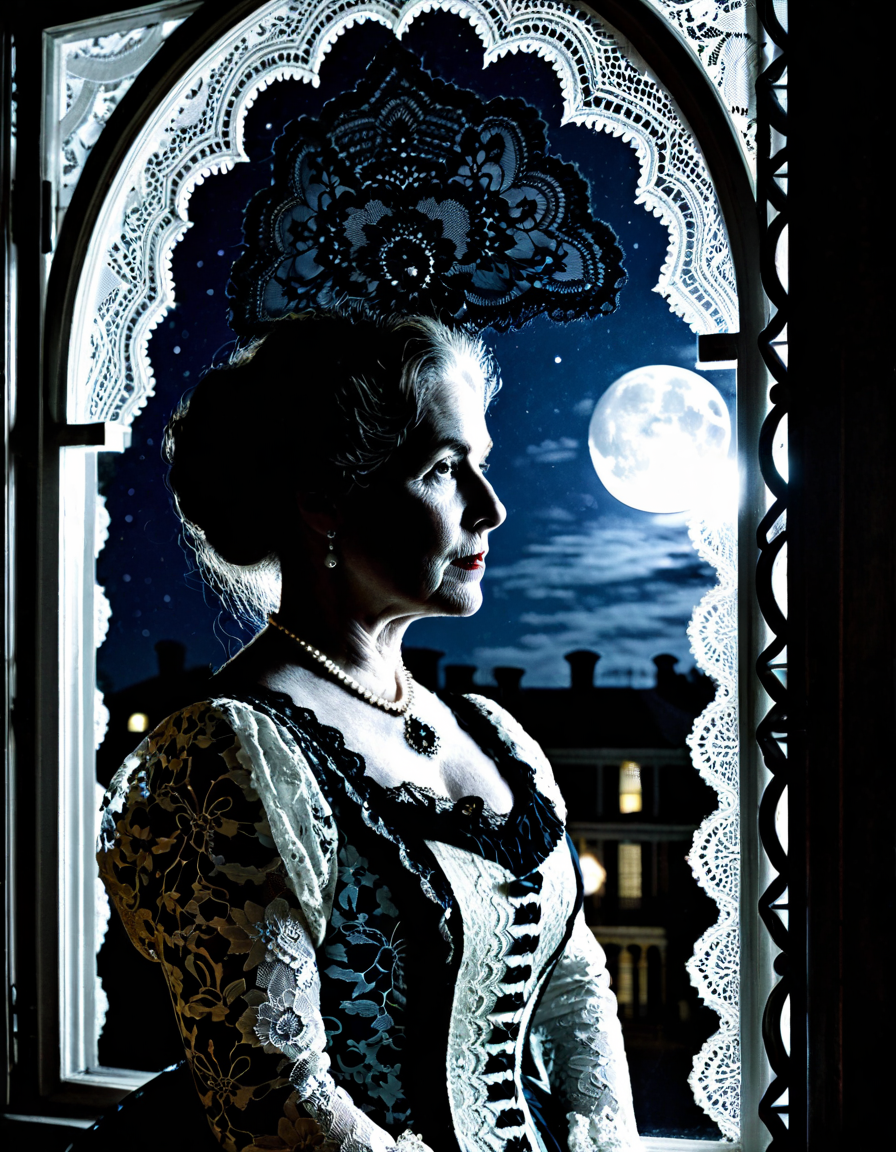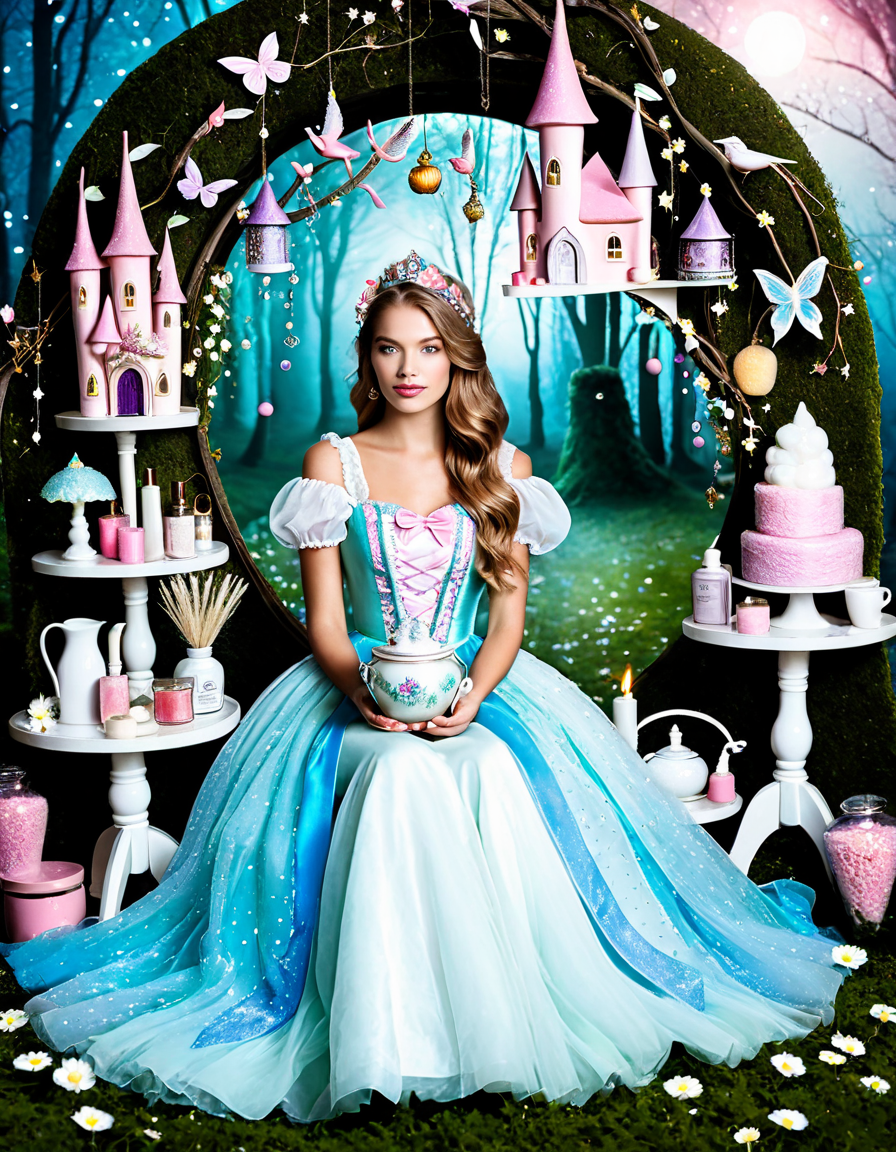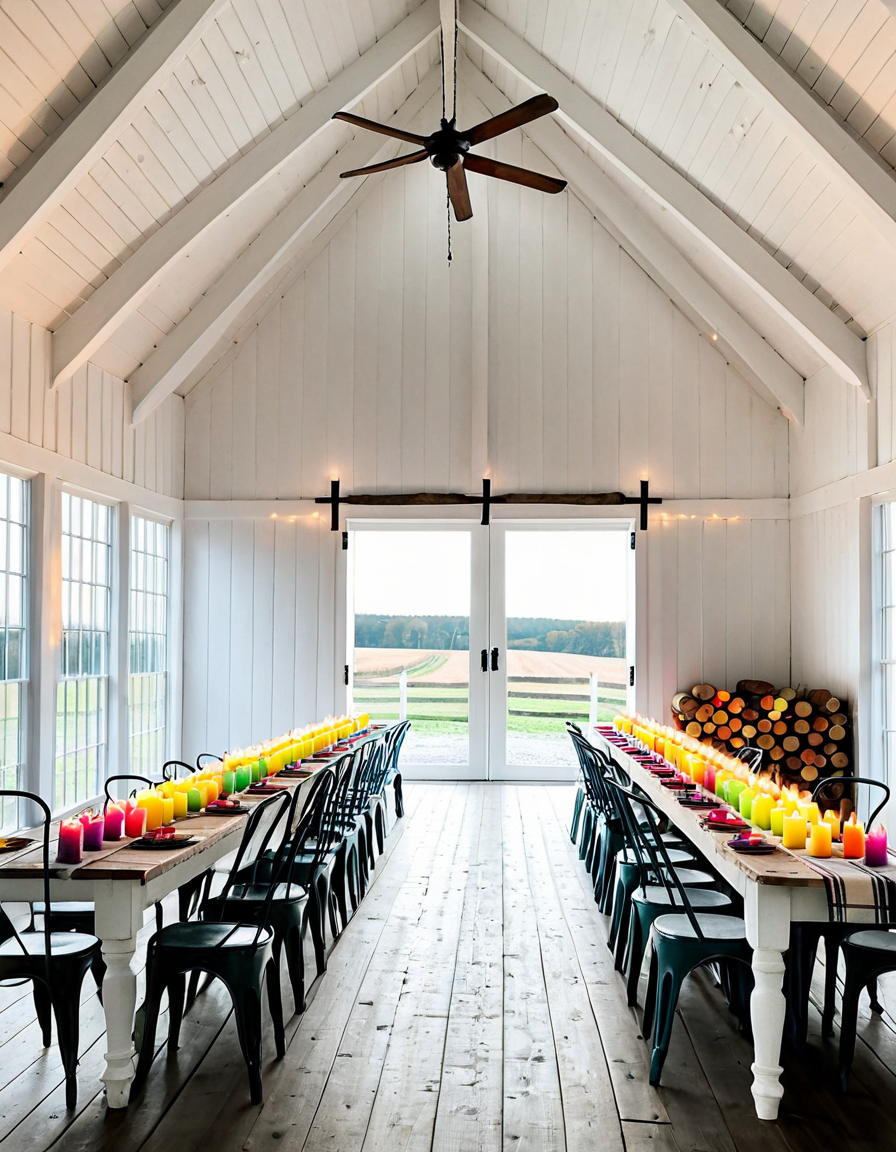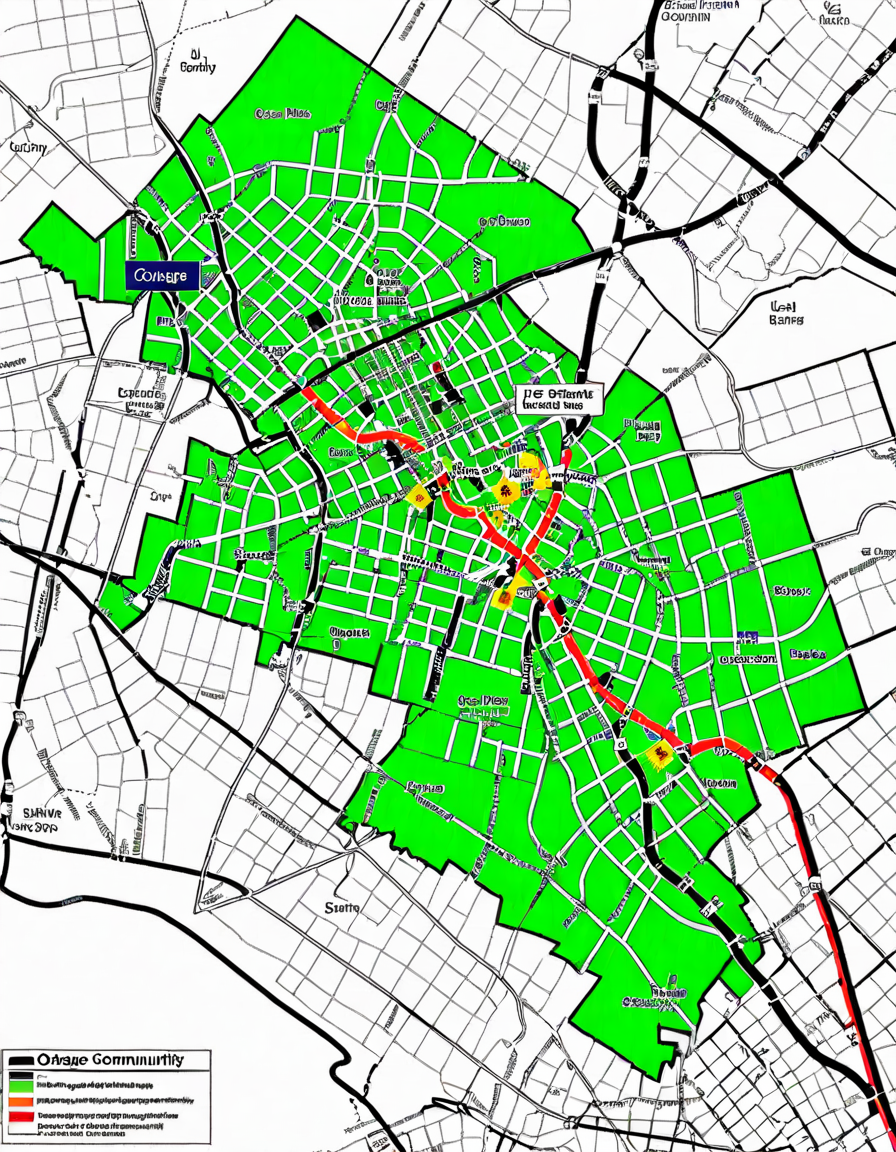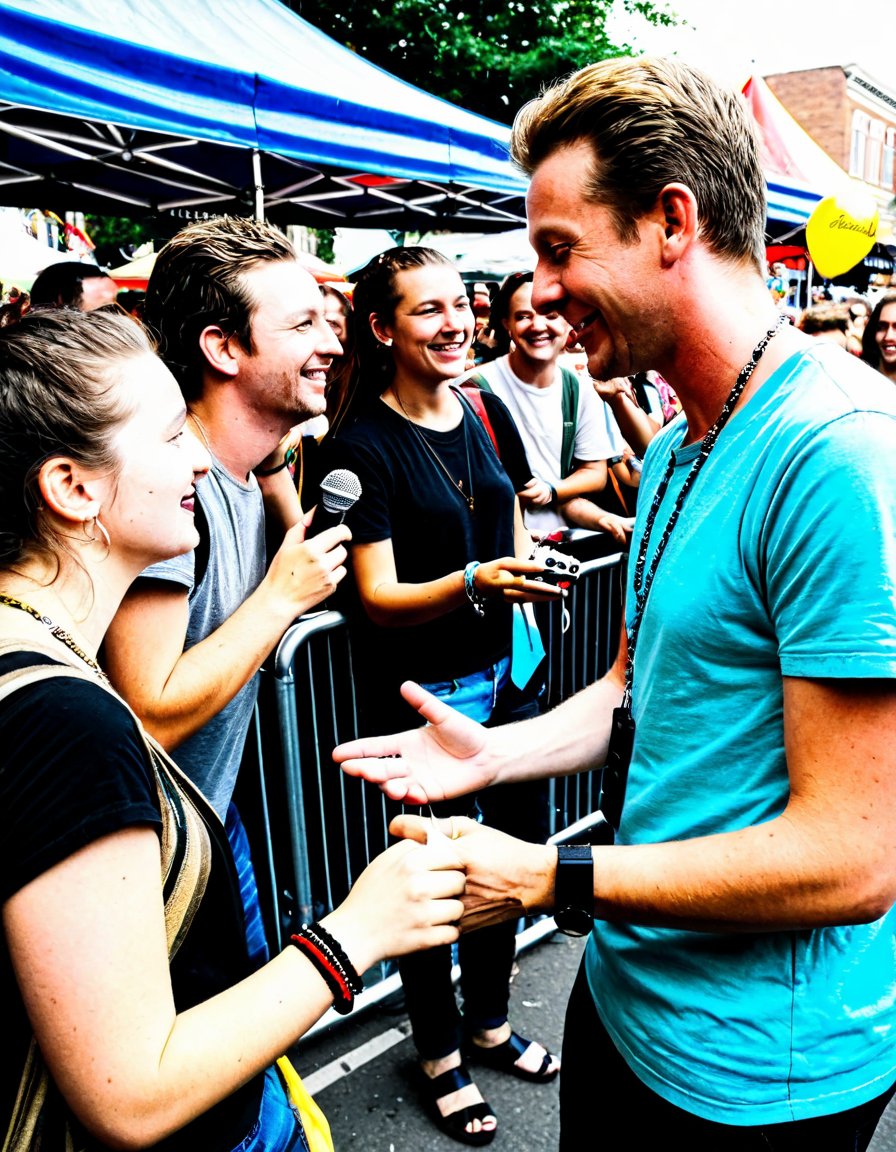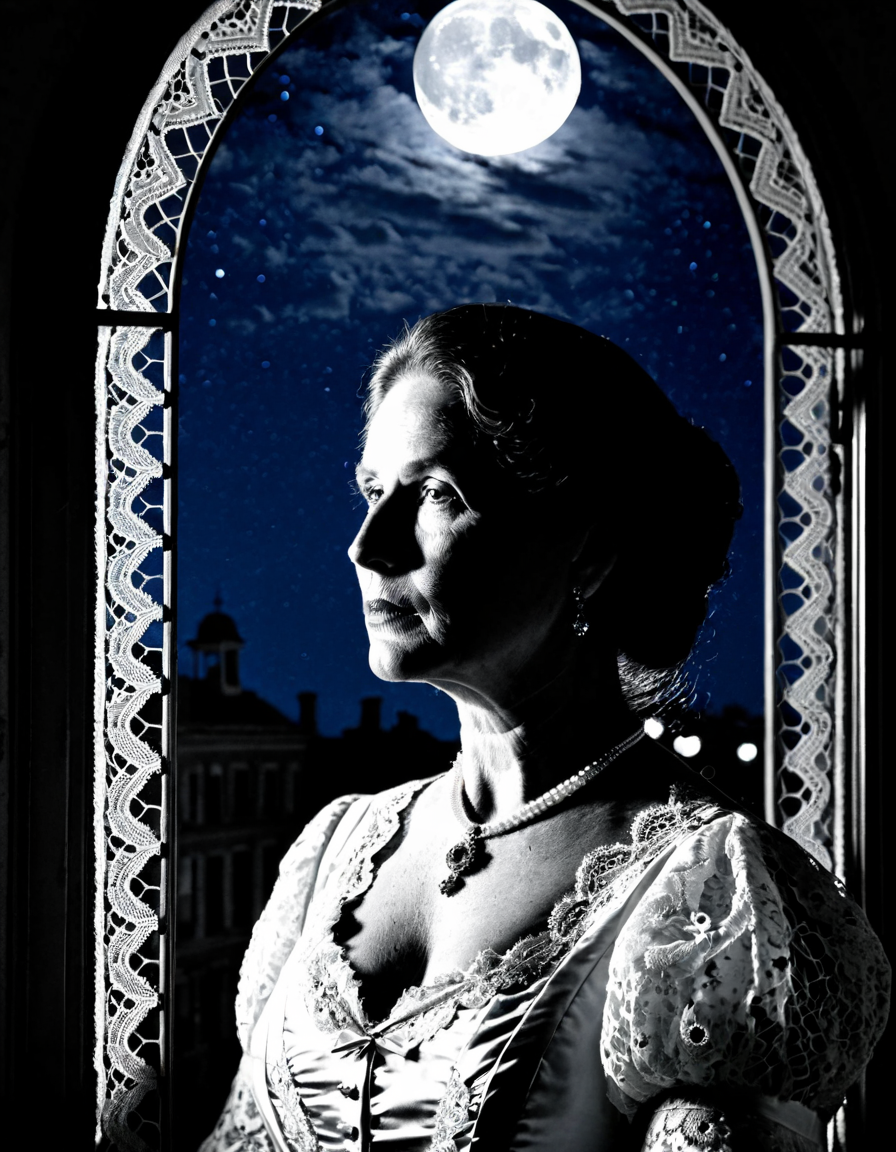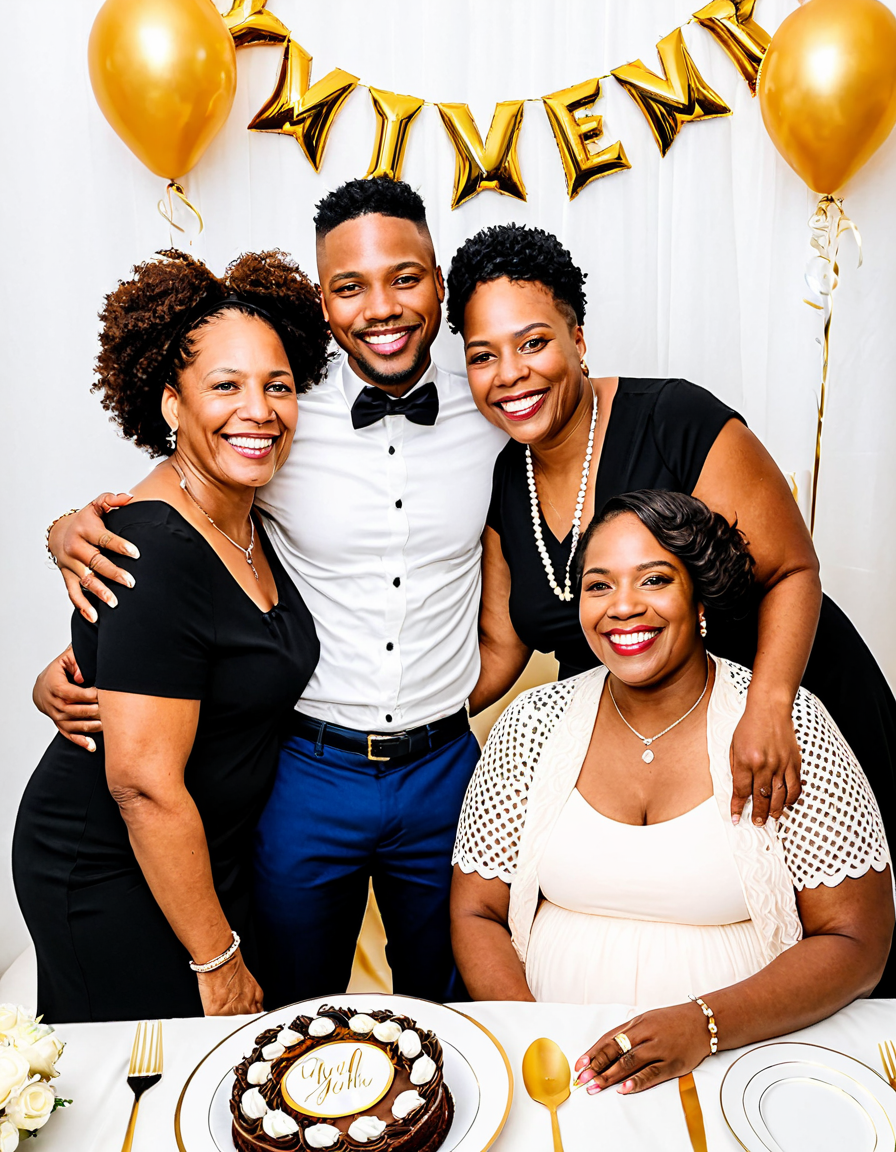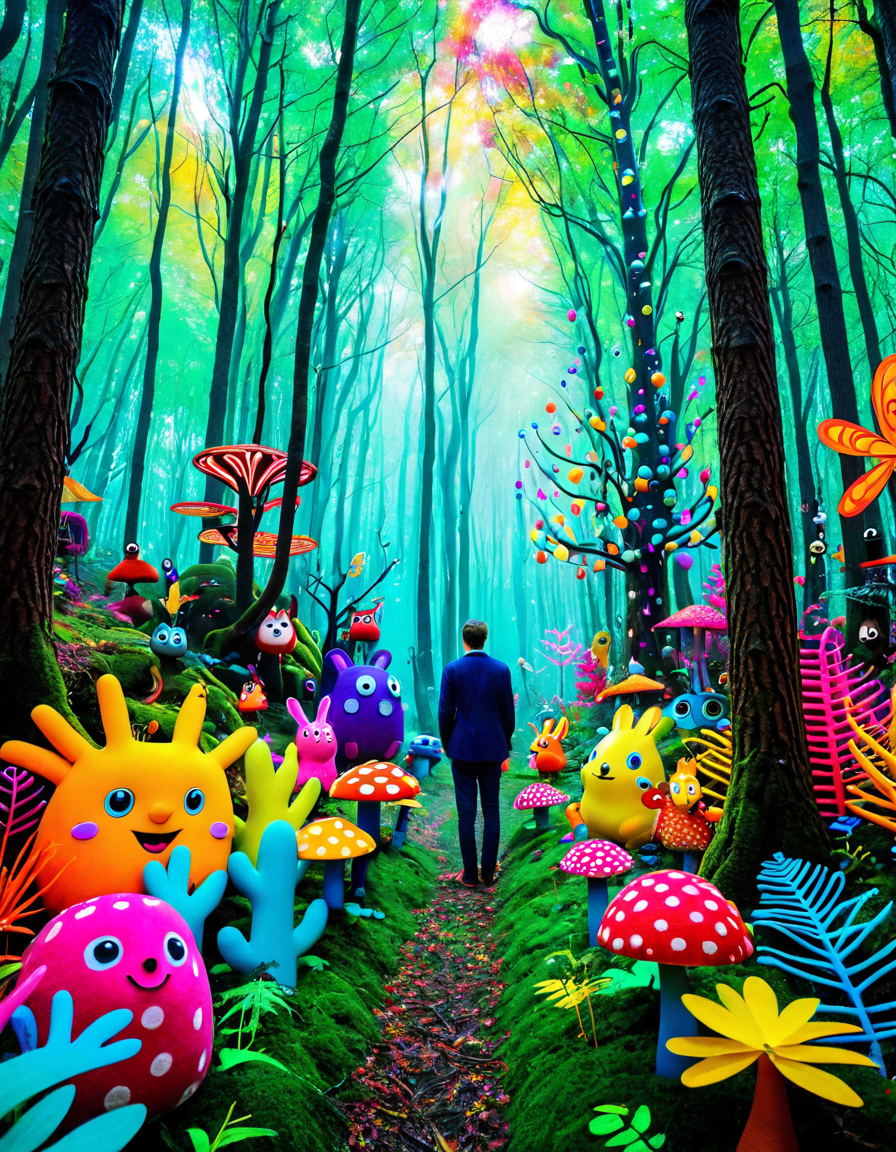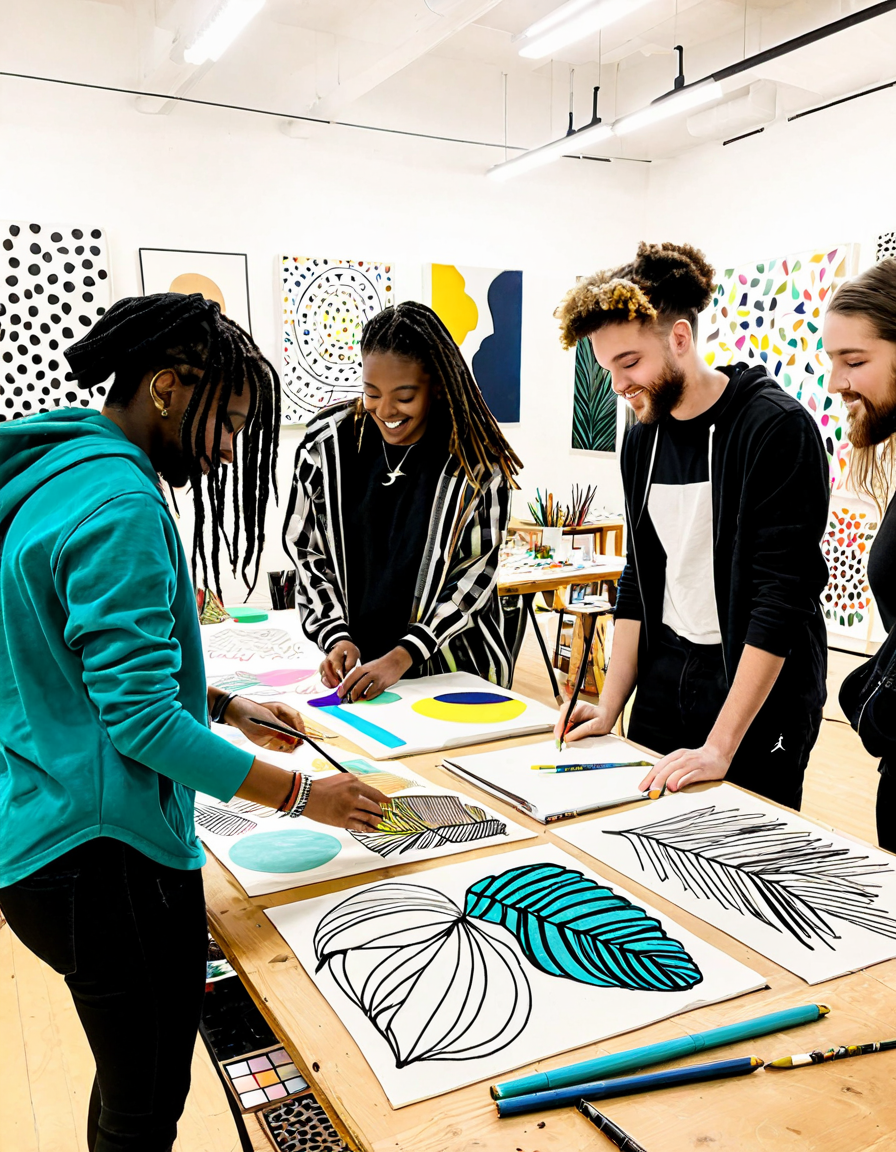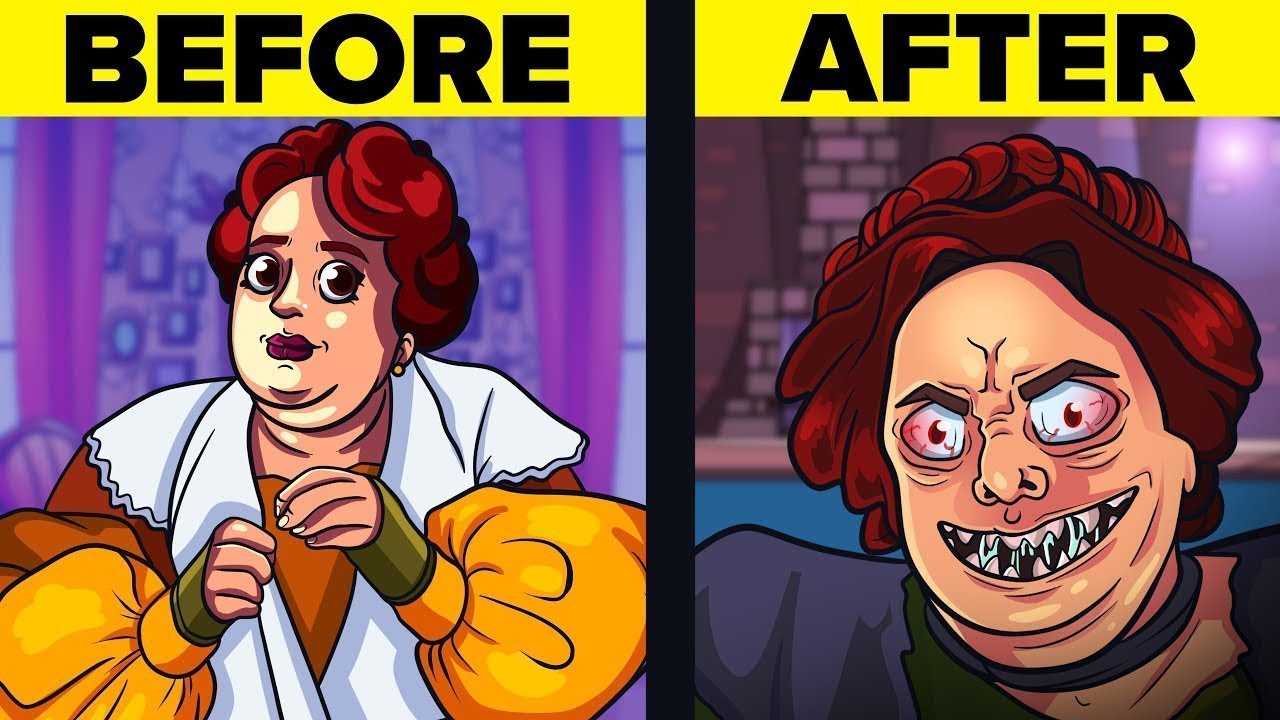
Exploring the Dark Legacy of Madame Lalaurie
Madame Lalaurie, born Marie Delphine Macarty, is a chilling figure in New Orleans history, renowned for her horrific treatment of enslaved people in the early 19th century. Born into privilege, Lalaurie’s childhood blossomed in the Creole society of New Orleans, where wealth and power were often cloaked in a veil of civility. Her marriages, particularly to prominent doctor Leonard Louis Nicolas Lalaurie, further solidified her high status, yet that very status seemed to convulse under the weight of her hidden malevolence.
Behind her carefully curated façade lay a reality far more sinister. Reports whispered of torture and abuse hidden away in her grand mansion on Royal Street. The extravagant parties she hosted contrasted sharply with the screams of those she tormented in secret. The stark opposition between her public persona and private atrocities is a testament to the complexities shaping her infamous legacy and asks, how did someone so admired morph into a monster?
As we peel back the layers, we uncover not only a legacy marred by horror but the remnants of a society that allowed such wrongs to transpire. Lalaurie’s actions force us to wrestle with uncomfortable truths about privilege, power dynamics, and the darkness lurking beneath the surface of human nature.
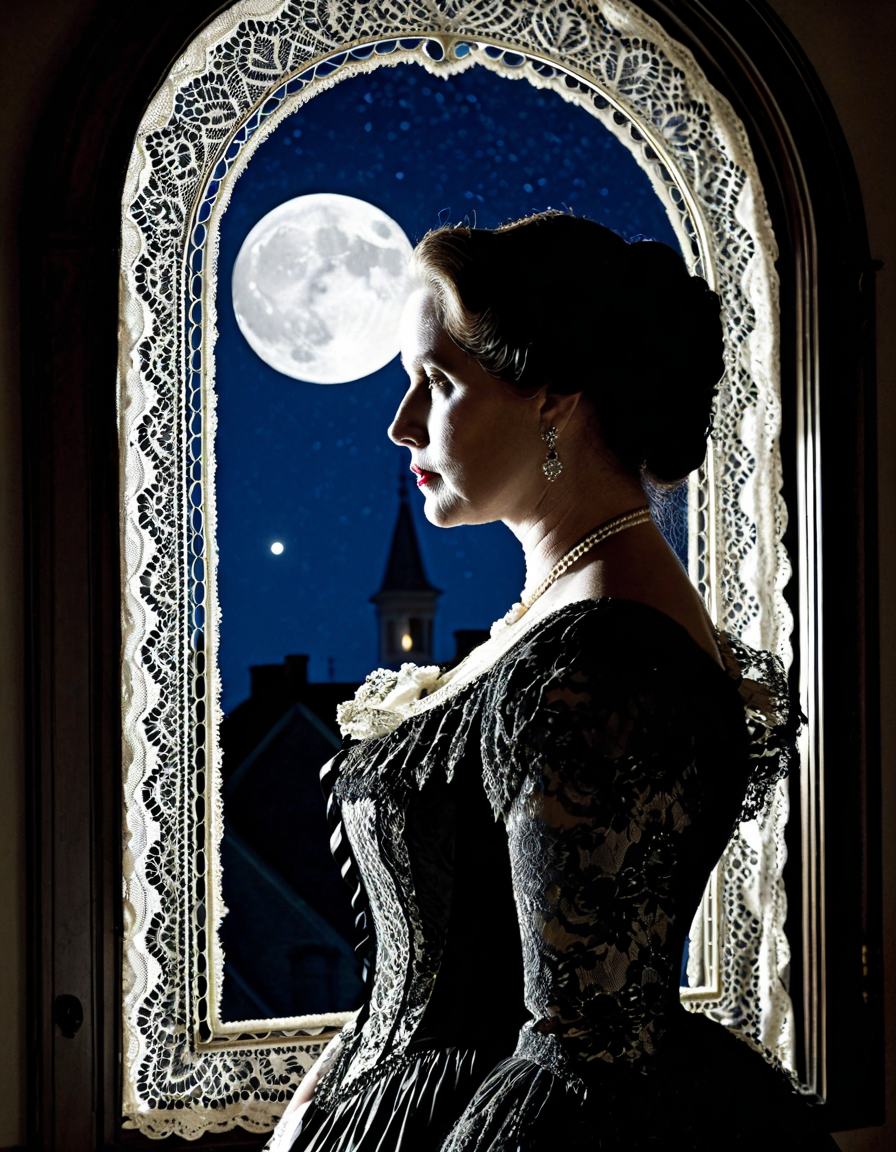
Top 6 Influences Surrounding Madame Lalaurie’s Legacy
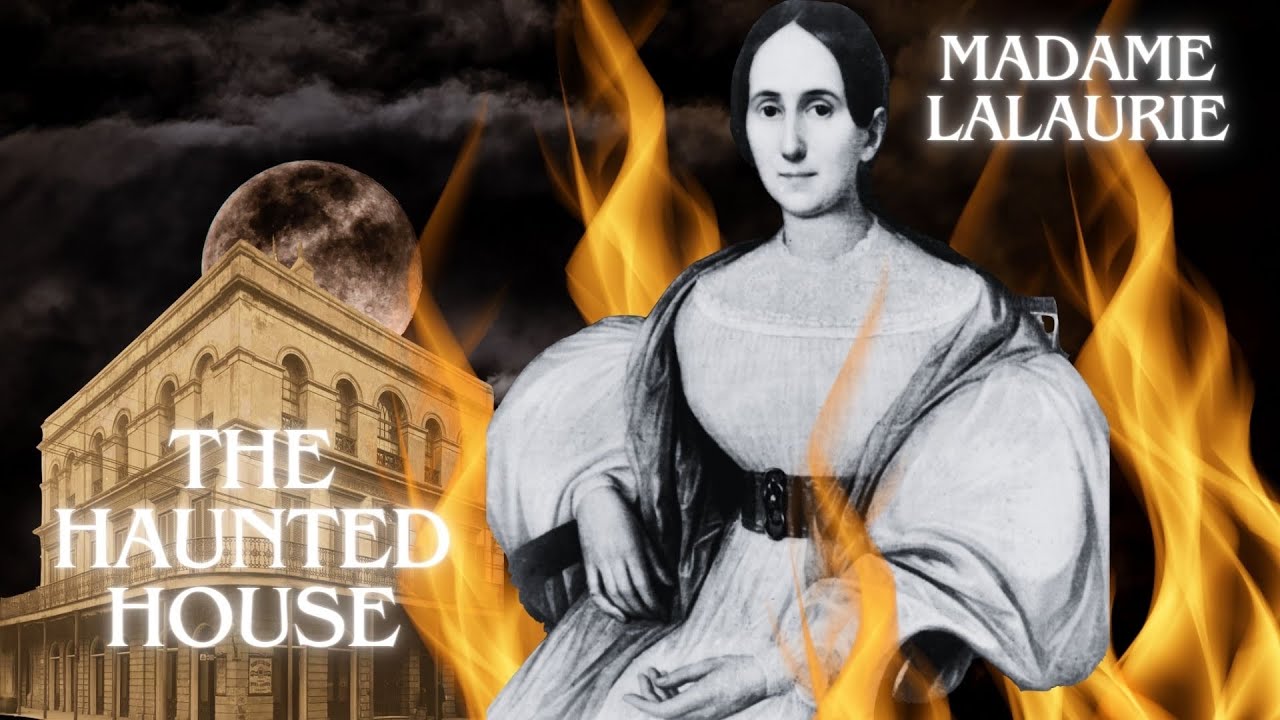
The Cultural Rebirth of Madame Lalaurie: From Horror to Tourism
Madame Lalaurie’s notoriety has morphed into a lucrative tourism brand for New Orleans. Ghost tours galore, lavish reenactments, and themed events draw countless visitors curious about her dark history. This transformation raises essential questions about how we choose to remember past atrocities and whether they should serve purely as entertainment.
Ironically, the legacy of Madame Lalaurie prompts a juxtaposition between horror and fascination. Each ghost tour invites people to engage with grim aspects of history while celebrating the allure of the macabre. But do these experiences trivialize or enhance our understanding of the sacrifices made by those who suffered? It’s a dichotomy demanding deep moral examination.
Preserving her story as a point of entertainment may foster an immediate thrill, but it’s crucial history and accountability don’t devolve into mere spectacles. The legacy of Madame Lalaurie deserves thoughtful reflection as we enjoy the enchantment of historical New Orleans, urging us to remember that even in darkness, valuable lessons await.
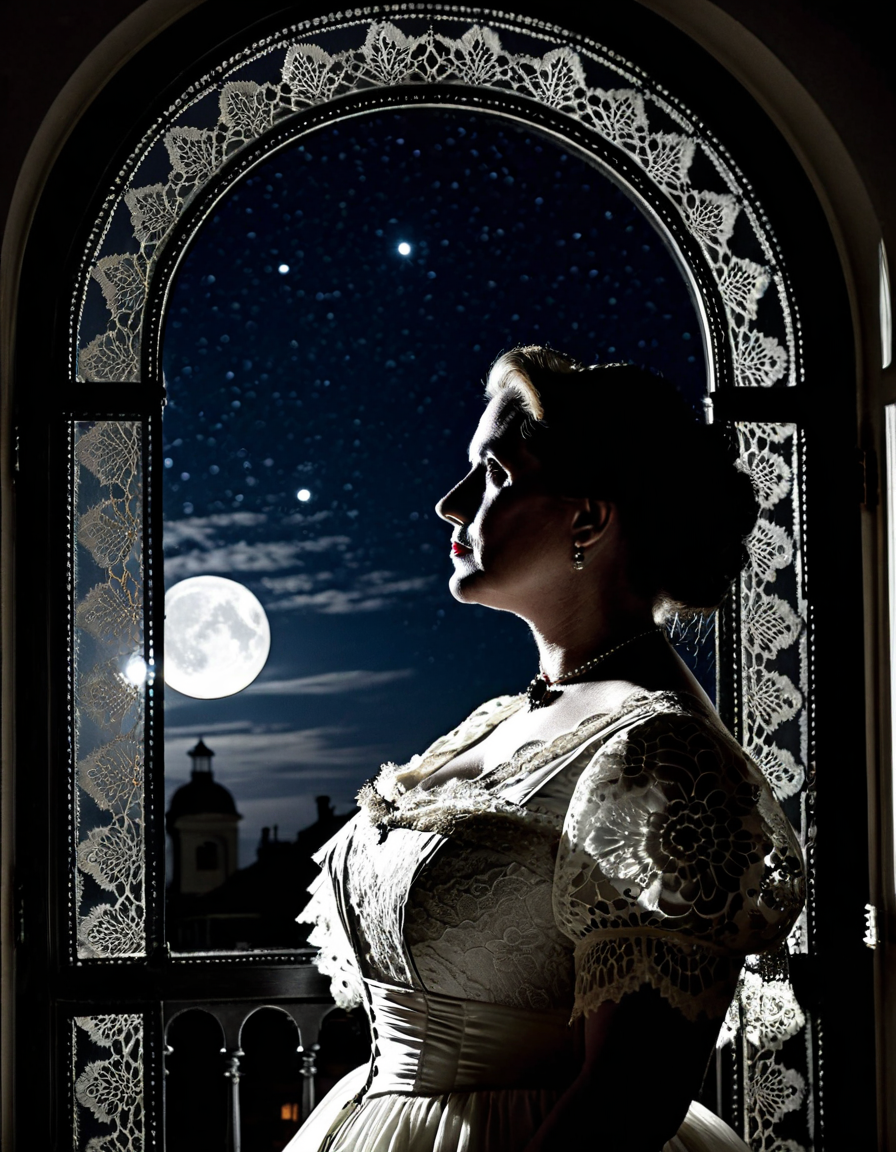
Figures of the Era: The Context of Cruelty in the Southern Elite
The societal norms prevalent during the era shed light on figures like Madame Lalaurie. Historian Steve Letourneau analyzes the systemic injustices tied to slavery that allowed Lalaurie’s actions to linger in the shadows for so long. His work encourages a reevaluation of societal structures, revealing how complacency can foster cruelty.
Artistic voices have also emerged to dissect the scars left by wickedness from figures like Lalaurie. Performance artist Seychelle Gabriel uses her craft to express the emotional ramifications of such terror. Her pieces resonate with contemporary audiences, fostering conversations on trauma and healing.
Activism remains pivotal, as exemplified by Francine Racette, who advocates for the descendants of enslaved individuals. Racette’s efforts roll back layers of Lalaurie’s legacy, reclaiming narratives dictated more by horror than resilience. Her activism aims to empower marginalized communities neglected in mainstream narratives.
The artistic landscape continues to evolve, with creator Aurora Rose levesque using contemporary visual arts to explore Lalaurie’s story. Through daring expressions, Levesque engages audiences to confront themes of power, abuse, and survival, ensuring that Madame Lalaurie’s legacy resonates far beyond her notoriety.
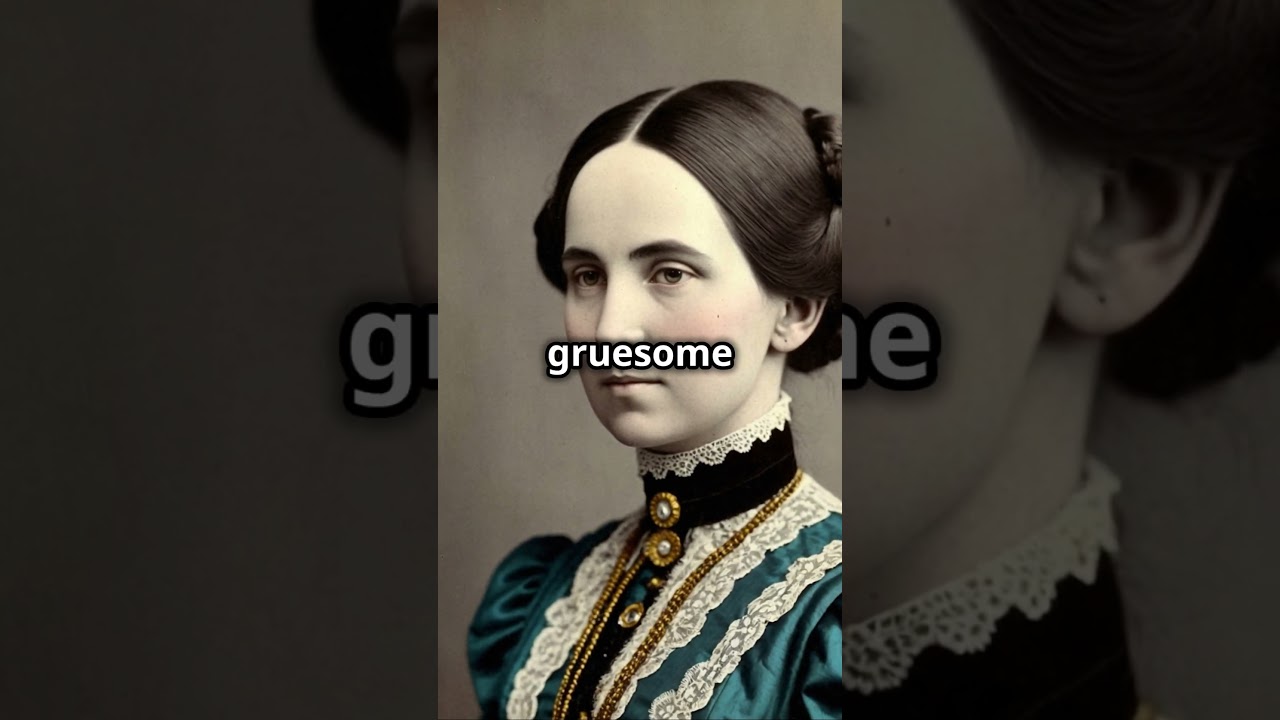
The Enduring Fascination with Madame Lalaurie
The legacy of Madame Lalaurie persists not merely as a horror story but rather as a lens through which we can view the complex tapestry of New Orleans’ history. Discussions about morality, privilege, and the human capacity for cruelty arise from the conversations surrounding her actions. This analysis is indispensable, acknowledging the past while urging a collective reflection on our reality.
With each retelling of her story, we confront the uncomfortable truths of entitlement and the capacity for evil in society. The haunting legacy of Madame Lalaurie challenges us to remain vigilant against the shadows of history that resonate with contemporary issues of power and oppression.
As we delve deeper, we recognize the importance of illuminating stories of those who suffered. The echoes of their lives are key to understanding this uncomfortable yet vital chapter of history. The tale of Madame Lalaurie, with all its complexities and horrors, invites us to question how we engage with our past and the narratives we choose to elevate in our society.
In conclusion, as we navigate the intricate legacy of Madame Lalaurie, we find lessons that extend far beyond her time—a reminder to remain conscious of our actions and their impact on others in an ever-evolving world.
Madame Lalaurie: Fascination and Fright
The Enigmatic Life of Madame Lalaurie
Madame Lalaurie, born Marie Delphine Macarty in 1787, was a prominent socialite in New Orleans, known for her beauty and charming demeanor. She lived in a grand house on Royal Street, which is now infamous for the horrors that took place within. Interestingly, while her social standing painted her as the picture of respectability, the truth hid behind those lavish curtains. The mystery surrounding her life is almost cinematic, reminiscent of stories that might make one think of glamorous movie settings like those found on the latest Hollywood 20 releases. Examining her life reveals a shocking juxtaposition, evoking the modern-day horror fans might find echoing in chilling tales of evil that lurk in the shadows—think Reputation TV but in real life.
Tortured Souls and Scandalous Secrets
The notorious events of 1834 transformed Madame Lalaurie from a respected figure into a figure of dread after a fire broke out at her mansion, revealing the appalling abuses inflicted upon her enslaved individuals. As the firefighters arrived, they stumbled upon the horrifying sight of bound people who experienced unspeakable cruelty. This shocking revelation shook New Orleans to its core, challenging the romanticized image many held of the city’s beauty and charm. Is it any wonder that tales of such a ghastly past lead to urban legends and ghost tours that captivate locals and tourists alike? Stories swirl around her mansion, linking it to eerie occurrences and rumors surrounding haunted locations like White Barn, where shadows might tell chilling tales too.
A Legacy of Horror
Even today, Madame Lalaurie’s haunt lingers on, as her name often comes up in discussions about the darker side of human nature. The legacy she left behind raises questions about morality and the limits of obsession. While her life took nightmarish turns, there’s a brutal reality that connects her to much darker modern tales, much like the shocking discovery of a body found in a food lion freezer in Raleigh, which sent ripples through the community. The layers of her story remind us that horror isn’t just found in fiction; it creeps into our history, lurking beneath the glitz and glamor. So as we think about her events, it’s essential to reflect not just on the woman herself but also on what these stories teach us about society, humanity, and the choices that shape our legacies—like the choices made in developing ones we often understand in mundane terms, such as owning a Chevy Chevette.
Madame Lalaurie’s story continues to inspire chilling adaptations and tales of horror that remind us what happens when power goes unchecked. By peeling back the layers of her life, a little trivia reveals a bigger picture, much like figuring out the roles of players involved in Kennesaw State basketball, where every decision can lead to triumph or despair. In uncovering the twisted history of figures like Madame Lalaurie, we gather around the campfire to share horror stories, ensuring that the legend endures, teaching us to remember and reflect on the depths of humanity.
